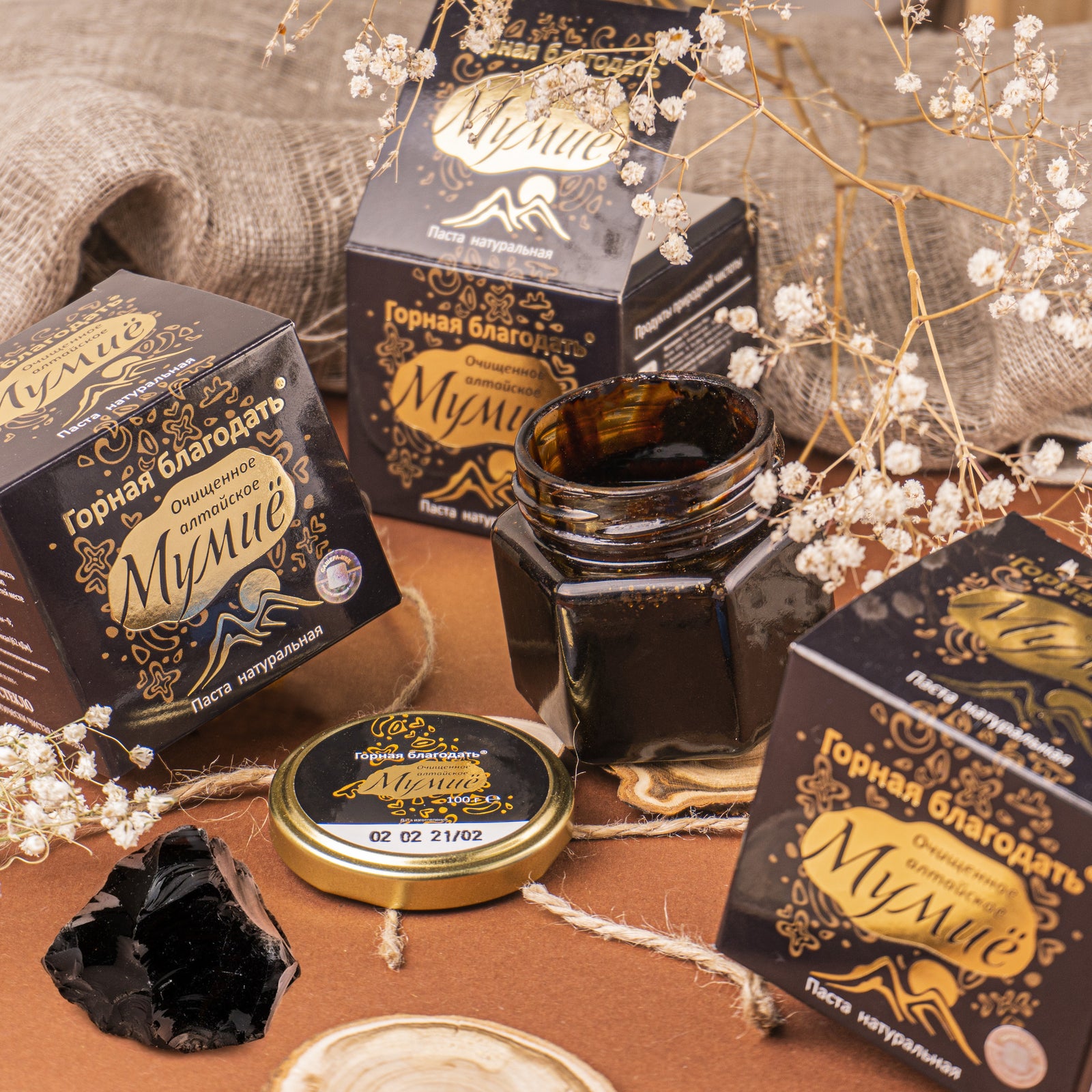Ayurveda (or Ashtanga Veda, Upaveda – “auxiliary Veda knowledge”), one of the oldest oriental sciences on earth, is still popular. The most popular and in-demand today is the Ayurvedic concept of human health, the fundamental principle of which is the balance of the inner world of man (microcosm) and its harmony with the Universe (macrocosm).
This approach has many supporters who are impressed by the holistic approach of treating the human body at 3 levels:
- the physical body (through the senses);
- emotional (mental state);
- mental (mental).
For Ayurveda, any disease is a signal of an imbalance of various energies in the human body.
Even though this traditional Indian practice has millions of followers around the world, it is almost unknown in the snowy Russian Siberia. The reason for this is the rich spiritual heritage of indigenous local tribes, which lived here long before the arrival of Russian explorers and settlers.
In this article, we will tell you what kind of traditional knowledge about the health of the body and spirit has replaced the popular Indian Ayurveda in Siberia.
A little history of traditional Siberian medicine.
The first mention of the healing of the Siberian peoples goes back 2,500 years.
But the basis of traditional medicine of indigenous Siberians, unlike the "spiritual component" of Ayurveda, were unique medicinal herbs that could not be found in any region of the world. We are talking, first of all, about the medicine and shamanic traditions of the treatment of "soul and body" among the tribes living in Siberia for several millennia.
There are historically confirmed facts that even progressive Russian monarchs realized the full benefits of the medical traditions of the taiga tribes. Let's give an example: realizing that the civilized world can learn a lot from Siberian healers, 1719 first Russian Emperor Peter I sent a German botanist in the Russian service, D. Messerschmidt, to the first Siberian scientific expedition to study medicinal plants of the region, to gain experience in their use from local peoples.
The expedition lasted 5 years, the scientist returned to St. Petersburg with a huge collection of herbs, flowers, roots, seeds capable of treating various ailments. Trips for new knowledge to Siberia continued in the future. Time after time, the best minds of Russia went to these distant lands for new methods of healing and medicinal plants.
The ancient doctrine of herbal medicine of Siberian shamans.
Decoction of some plants is drunk instead of tea, as people say: "If the body requires it". Herbs that are in the house are used everywhere for this purpose: shilajit (mumijo), birch leaves, goatweed, chamomile, Chaga (Inonotus obliquus), rosehip, raspberry leaves, currant, etc. Usually, they are folded dry into a pillowcase, a bag, birch bark tuesques and brewed, drunk as tea or instead of water. The decoction is usually consumed only during the day.
Some plants are used in the treatment of specific diseases. In Taimyr (northern Siberia), indigenous tribes use dwarf birch leaves as an anti-inflammatory and antipruritic agent for mosquito bites. The bitten places are rubbed with freshly picked green leaves.
In the places of residence of the Evenk tribes (related to the Inuit), bath brooms are made from birch branches with leaves, a decoction of leaves in the form of tea is drunk with sore throat and cough; dry leaves are put in the bath and lie in them "if a cold wind blows through".
The tribes of the Nenets (Yamal Peninsula) with rheumatism (pain in the bones) burned a piece of birch growth (Chaga) on the patient's body. It was believed that the resulting easily healing wound, distracting bad juices from the diseased part of the body, bring relief to the patient.
Moss is especially popular among Siberian indigenous peoples. "Nyada" is what the Nenets call it. It is taken out from under the snow, steamed, and applied as a compress to sore joints, and in case of a cold - to the back and chest. The Nenets of the Taimyr Peninsula suggests using a decoction of deer moss (lichen, Icelandic moss) as a tonic, astringent and anti-inflammatory agent, since, in their opinion, a gelatinous decoction of lichens regulates the activity of the gastrointestinal tract, stimulates appetite, enhances the secretion of gastric juice. The Finno-Ugric Khanty tribe brews it as tea and drinks it as an expectorant for coughing and pneumonia.
Traditions of treatment with animal products.
The use of animal products was widely practiced among the studied peoples. The indigenous inhabitants of the Russian North often face problems of skin diseases, so they have a system of methods of protection and treatment of the skin from generation to generation. Here are popular recipes of traditional medicine used in the Khanty-Mansiysk, Yamalo-Nenets Autonomous Regions, and on the Taimyr Peninsula: A piece of hare skin is attached to the boil until recovery. A series of recipes from Yamal, Taimyr, Khanty-Mansi Autonomous Region, Evenkia, and other Siberian regions indicates the popularity in the treatment of respiratory diseases, including tuberculosis, internal fat of deer, arctic fox, bear, dog, walrus, and seal.
As you can see, nothing is surprising in the fact that Ayurveda has not gained much popularity among the indigenous inhabitants of Siberia – the bodily and spiritual practices of their ancestors fully satisfy their needs.
The use of Siberian flora and fauna for medical purposes is still popular today. There are a huge number of drugs based on substances of plant and animal origin from Siberia.





Leave a comment (all fields required)